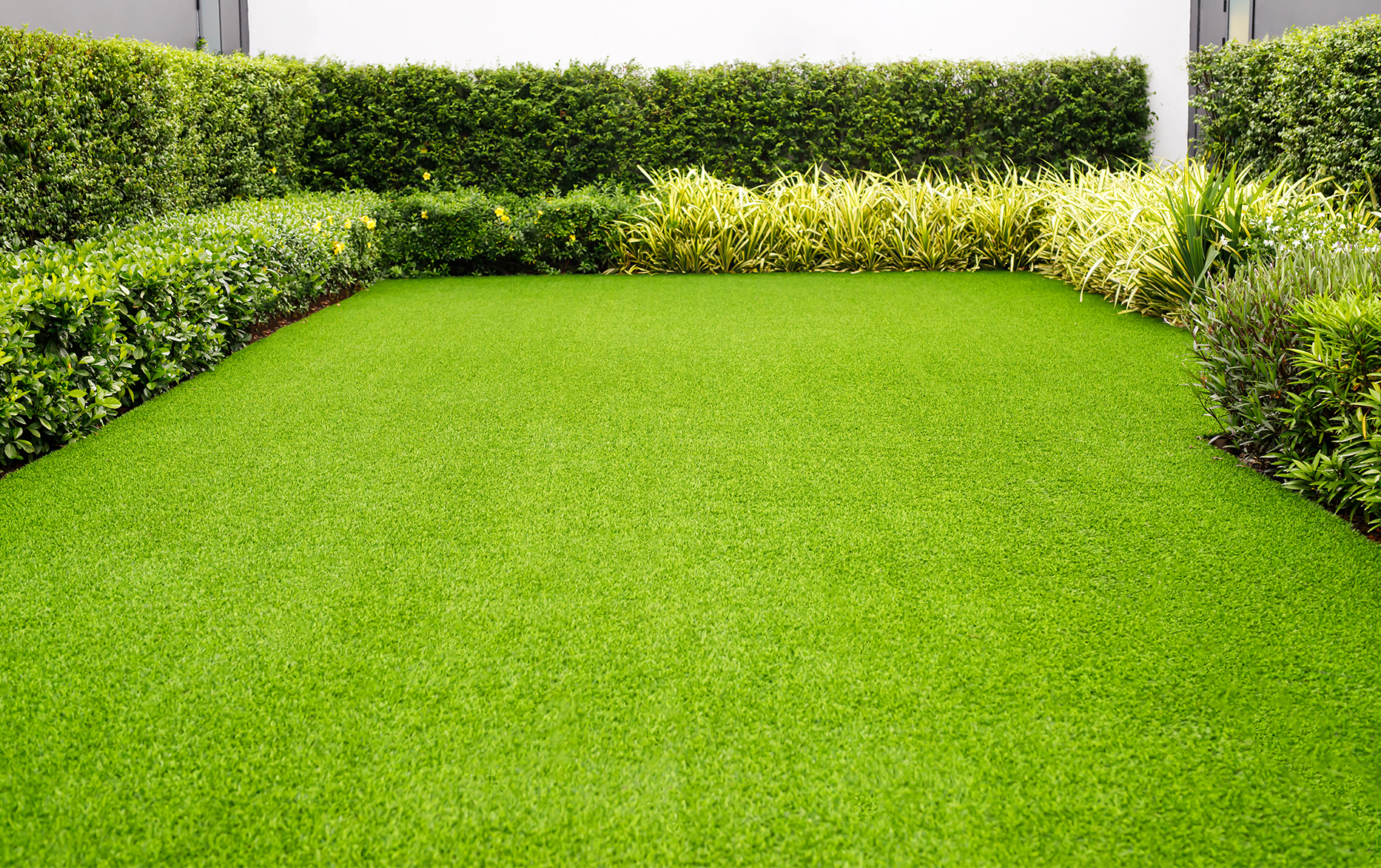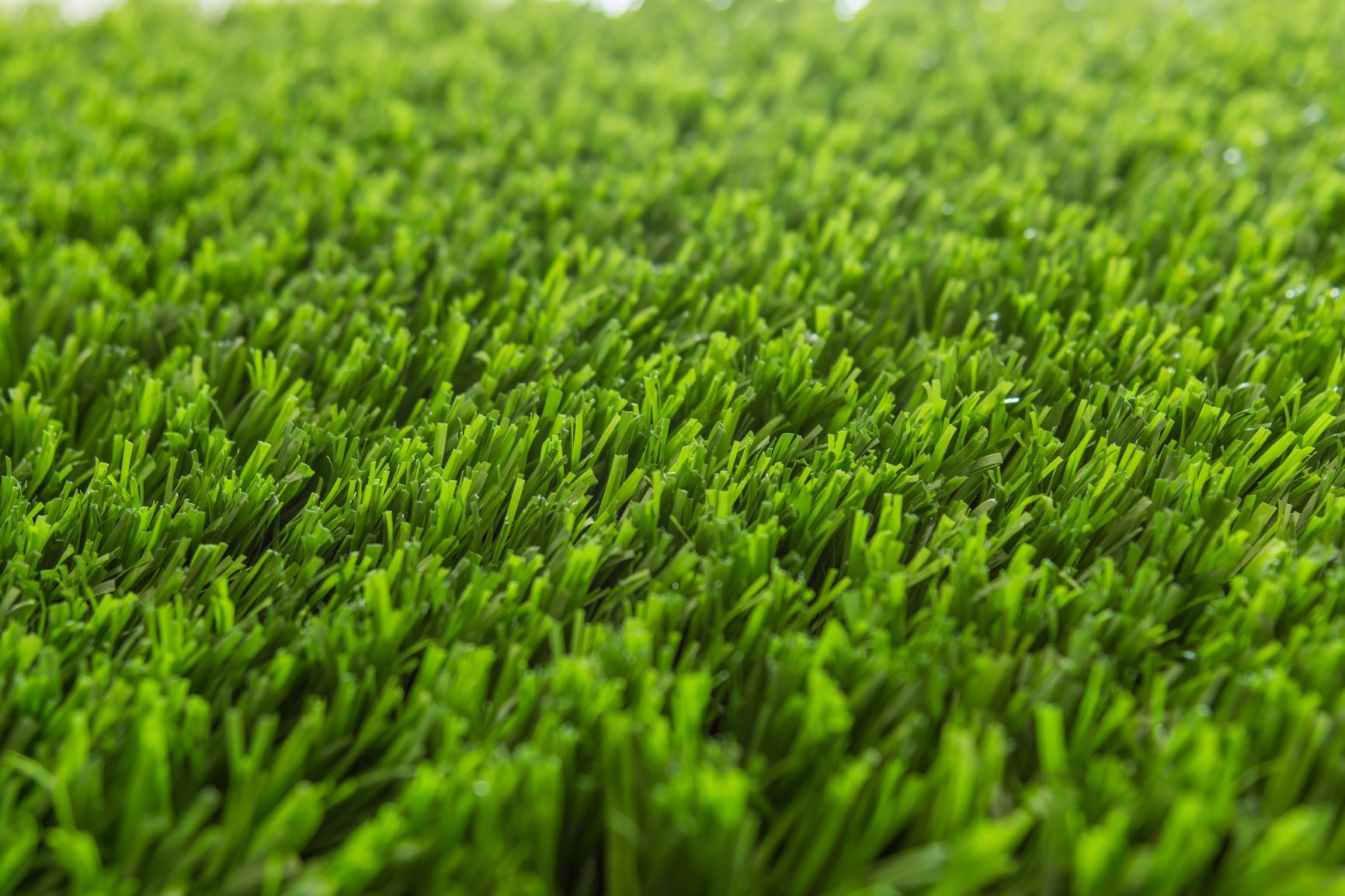Eco-Friendly Arizona Artificial Turf for a All-Season Lush Green Lawn
Eco-Friendly Arizona Artificial Turf for a All-Season Lush Green Lawn
Blog Article
See Why Homeowners Prefer Artificial Lawn for Lasting Landscaping Practices
As house owners progressively focus on sustainability in landscaping, synthetic lawn has actually emerged as a compelling choice to traditional yard. What continues to be to be discovered is the full scope of benefits that fabricated lawn can provide to home owners and the atmosphere alike.
Water Conservation Conveniences
One of one of the most substantial advantages of synthetic grass is its role in water conservation. Conventional lawn lawns need significant quantities of water to maintain their lush look, typically causing overuse of local water sources, particularly in arid areas. On the other hand, artificial grass removes this demand completely, as it does not call for irrigation. This not just saves water yet likewise reduces the stress on community water systems, specifically during dry spell problems.
Additionally, the setup of artificial lawn can add to an extra sustainable landscape. Property owners can substantially decrease their water bills, permitting reallocation of sources to other environmental initiatives or household usages. Additionally, synthetic grass is created to hold up against various climatic conditions without the need for additional watering, making it an ideal choice for areas facing water shortage.
The ecological advantages extend beyond prompt water financial savings. By decreasing water consumption, man-made turf aids to minimize the impacts of environment change, maintaining important communities that are intimidated by too much water removal. As lasting landscaping practices get traction, artificial grass arises as an accountable option for house owners looking for to create green outside rooms.
Decreased Maintenance Initiatives
Synthetic grass considerably decreases upkeep initiatives contrasted to conventional lawn lawns. With man-made turf, homeowners can remove the taxing jobs related to all-natural landscaping, such as mowing, feeding, and weeding. This not just conserves important time however also reduces physical labor, making lawn treatment accessible for individuals of any ages.
Among the most significant benefits is the lack of normal mowing. Typical grass require regular cutting to maintain a visually pleasing elevation, whereas synthetic grass stays constantly lush without the requirement for reducing. Furthermore, house owners no more require to use chemicals or plant foods, which are frequently called for to keep natural turf healthy and balanced. This shift not only lightens the workload however likewise advertises a neater, much more consistent appearance year-round.
In addition, fabricated turf is resilient and resistant, calling for very little maintenance beyond occasional cleaning and rinsing to remove debris. This convenience of upkeep permits property owners to appreciate their outside rooms without the constant worry of upkeep, supplying more time for leisure and family members tasks. Eventually, the reduced upkeep initiatives associated with synthetic grass make it an appealing alternative for those looking for a low-maintenance, aesthetically appealing landscape.

Environmental Impact Reduction
There is a growing acknowledgment of the environmental benefits related to synthetic grass, particularly in terms of water preservation and minimized chemical usage. Typical lawns need considerable quantities of water, especially in drought-prone areas, causing enhanced strain on local water sources. In comparison, synthetic grass gets rid of the demand for watering, drastically minimizing water usage and advertising sustainability.
Furthermore, traditional yard maintenance often entails the application of pesticides, herbicides, and plant foods, which can add to dirt and water contamination. Synthetic grass minimizes this environmental threat by requiring marginal maintenance and practically eliminating the demand for unsafe chemicals. This not just boosts dirt health however additionally shields neighborhood ecological communities from hazardous overflow.
In addition, the manufacturing of all-natural yard lawns generally involves using fossil fuels for trimming and landscaping devices, further adding to greenhouse gas discharges. By selecting synthetic grass, property owners can substantially reduce their carbon footprint connected with yard treatment tasks.
Visual Charm and Convenience
Along with its environmental advantages, fabricated turf uses considerable aesthetic allure and flexibility for landscape design. Home owners can achieve a rich, eco-friendly look year-round, getting rid of the seasonal variations commonly related to all-natural grass. This constant visual not only enhances the aesthetic charm of a property however likewise adds to a polished and well-kept look.
In addition, synthetic grass is available in a variety of textures, shades, and styles, enabling modification to match private preferences and design motifs - Turf installation phoenix az. Whether used in household gardens, commercial rooms, or leisure locations, it can seamlessly integrate right into varied go to this website landscape design designs, from modern minimal to lavish exotic settings
The versatility of synthetic grass extends beyond plain look; it can be installed in different places, consisting of rooftops, outdoor patios, and even interior areas, developing chances for special landscape design services. Additionally, it is suitable for a series of tasks, from youngsters's backyard to pet-friendly settings, offering functionality without jeopardizing style.
Eventually, the visual charm and adaptability of synthetic lawn make it an eye-catching alternative for home owners looking for lasting landscape design services that do not check these guys out sacrifice beauty for environmental responsibility.

Long-Term Price Financial Savings
One of the most compelling advantages of artificial lawn is its potential for long-term cost financial savings. Unlike all-natural turf, which requires regular upkeep-- consisting of mowing, watering, fertilizing, and bug control-- artificial grass dramatically decreases these recurring expenses.
In addition, synthetic grass has a life expectancy of 15 to 25 years, depending on its quality and usage. This longevity lessens substitute expenses, making it an extra economical choice over time. The preliminary financial investment in synthetic lawn can commonly be recouped with the cost savings accrued over time.
While the ahead of time expense might seem greater compared to turf setup, the cumulative savings from lowered maintenance and water usage often exceed these initial expenses. Ultimately, the adoption of fabricated lawn not just advertises a sustainable landscape design option yet additionally provides homeowners a financially savvy alternative that lines up with long-term budgeting objectives.
Final Thought
Synthetic turf emerges as an engaging alternative for lasting landscape design, providing substantial benefits in water conservation, minimized upkeep initiatives, and diminished environmental impact. As neighborhoods significantly focus on eco friendly practices, the fostering of fabricated grass represents a dynamic action towards attaining resistant and lasting landscapes.
In addition, fabricated lawn is made to hold up against different weather conditions without the requirement for supplemental watering, making it an optimal option for regions encountering water deficiency. (Artificial turf companies phoenix)

Man-made grass arises as a compelling option for sustainable landscape design, supplying substantial advantages in water preservation, minimized maintenance initiatives, and decreased environmental impact.
Report this page